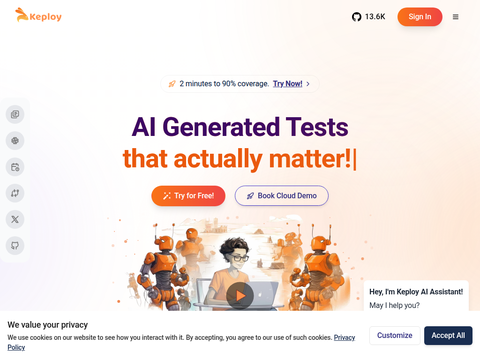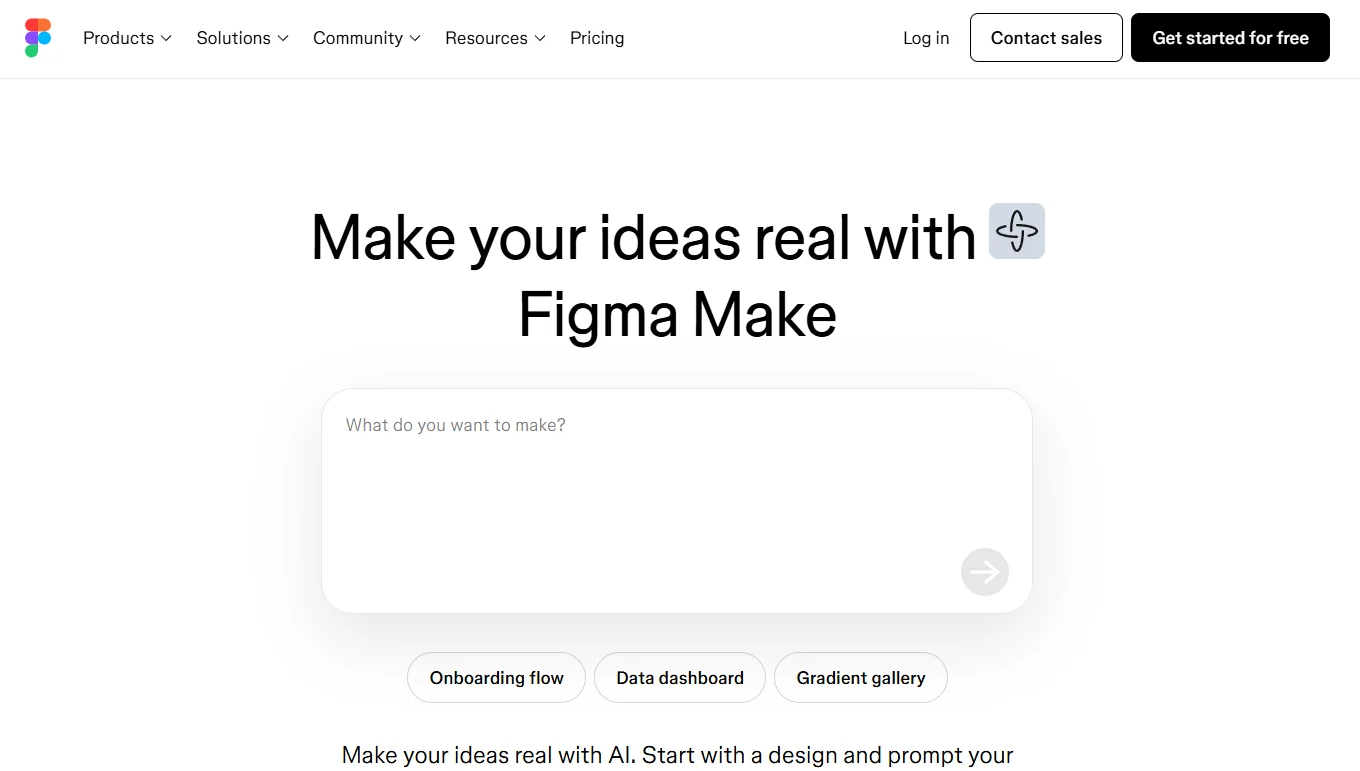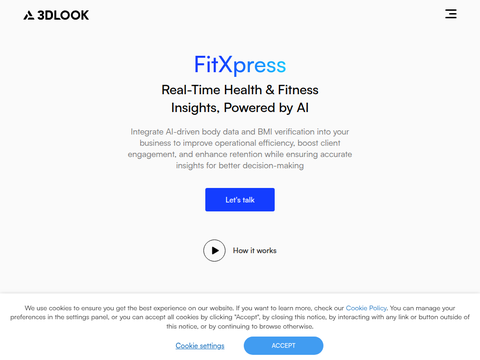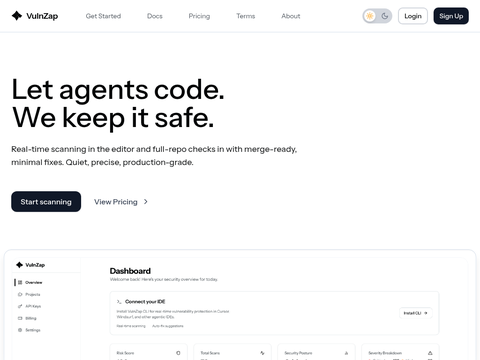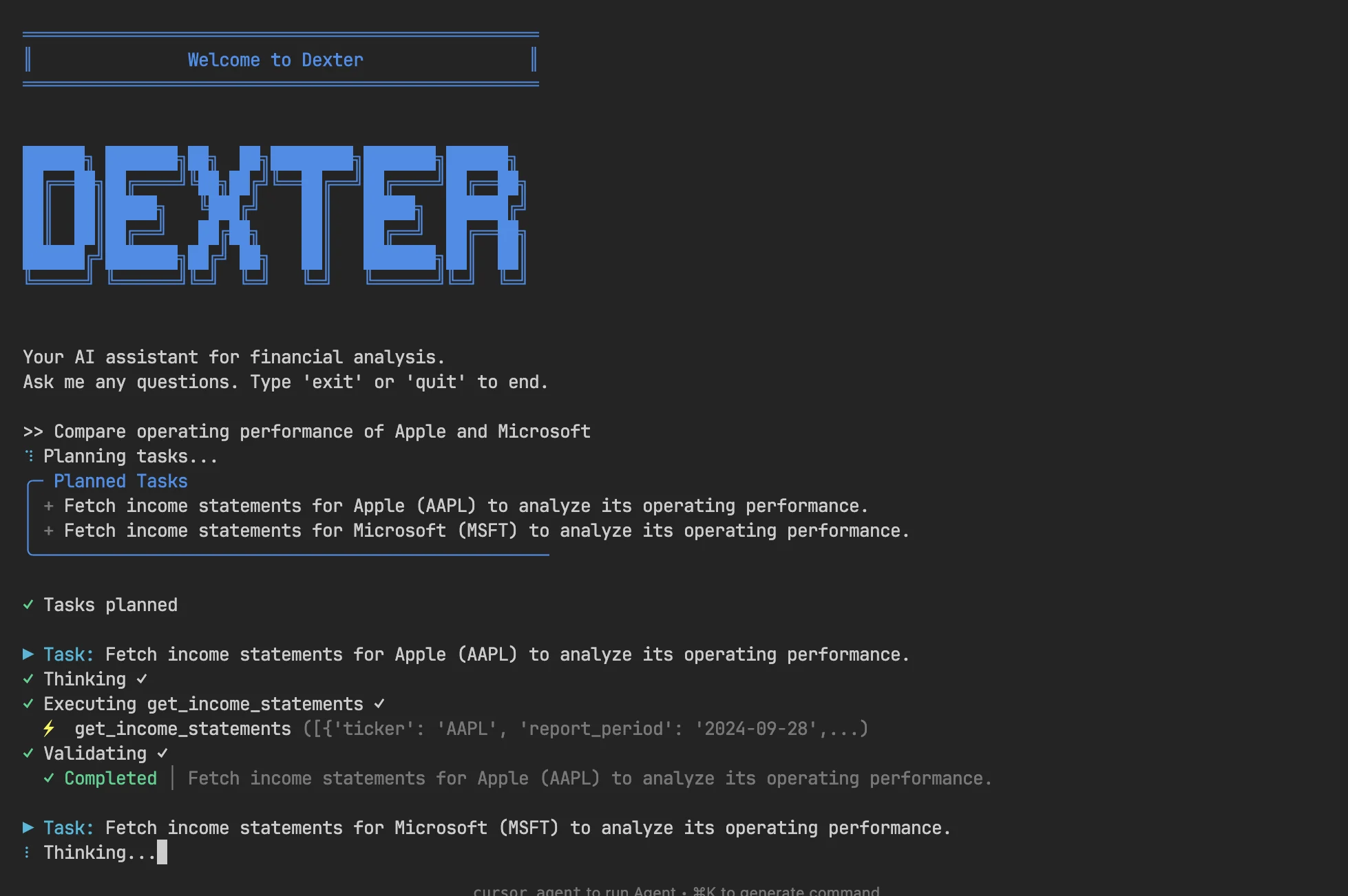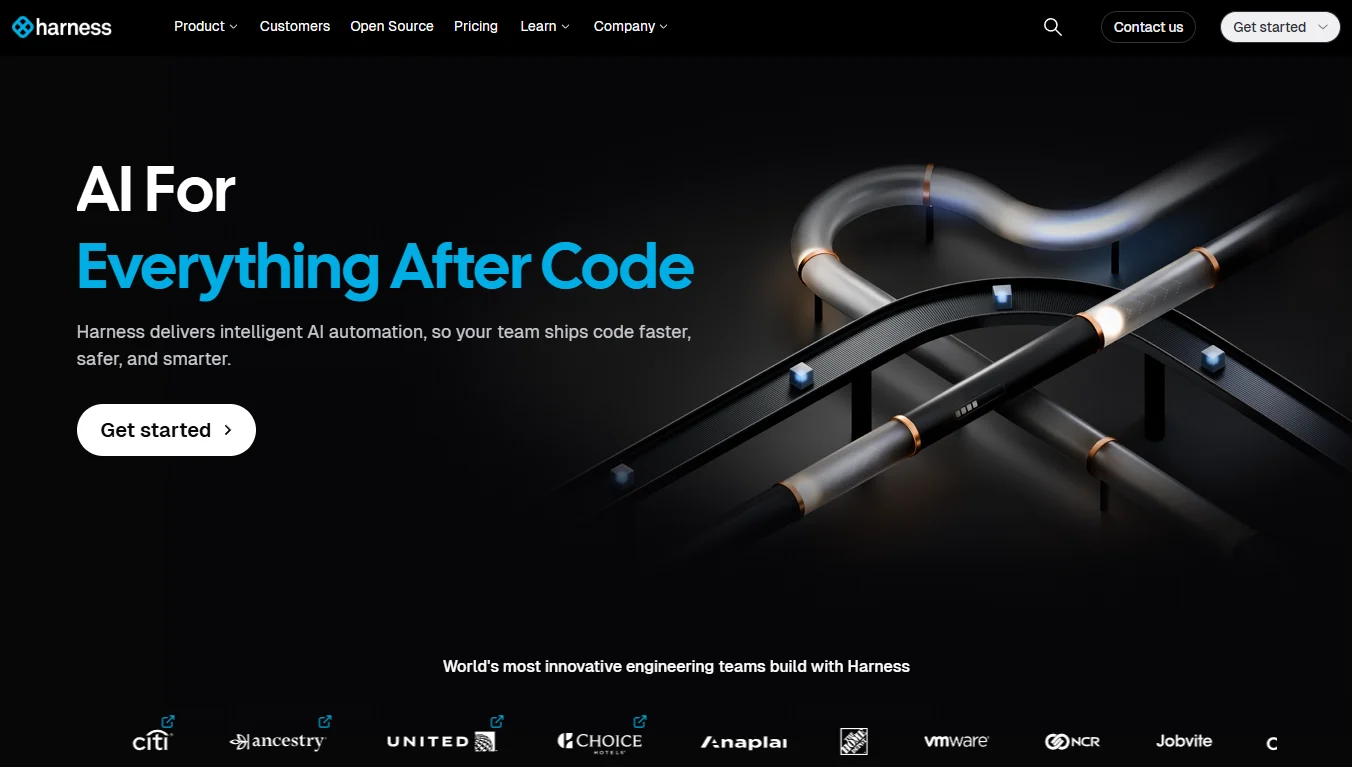Amazon Web Services has unveiled Transform, a new service that leverages autonomous artificial intelligence to accelerate the migration and modernization of enterprise workloads.
Initially previewed as part of the Amazon Q Developer transformation capabilities at AWS re:Invent 2024, the service primarily targets traditional VMware, mainframe, and .NET workloads. AWS claims it can reduce project timelines by an average of four times compared to manual conversions, and in the case of VMware migrations, by up to 80 times.
AWS Transform employs specialized AI agents to automate migration tasks, which are often hindered by high costs and complexity when businesses attempt to shift more workloads to the cloud. According to Synergy Research Group Inc., 37% of data center capacity remains on-premises. AWS notes that 70% of Fortune 500 companies still rely on software written over two decades ago. "Some of these applications are massive, spanning hundreds of thousands of lines of code," said Sriram Devanathan, General Manager of Amazon Q Apps and AWS App Studio. "The biggest challenge for customers is often understanding their codebase—not just moving it, but reimagining it."
AI-Powered Modernization
AWS Transform supports three major types of workloads: Windows-based .NET applications, mainframe applications, and VMware environments. For .NET applications, the service facilitates migration from Windows to Linux, potentially reducing operational costs by up to 40% by eliminating Windows Server licensing fees, according to Devanathan. AI agents guide users through analysis, planning, and automated code conversion, including unit test execution and Linux readiness validation.
For mainframe workloads, AWS Transform breaks down monolithic Cobol applications into manageable components. The service uses graph neural networks to analyze dependencies, generate technical documentation, and refactor code into Java and open-source PostgreSQL database systems. AWS states that its approach shortens typical multi-year mainframe modernization projects to just months.
"We bring you to a deployable state within AWS," Devanathan explained. "On mainframes, we support basic Cobol, JCL (Job Control Language), and screens written with BMS (Basic Mapping Support). We can modernize user interfaces and enable various use cases."
He highlighted that the service includes testing capabilities in its workflow. "We start by retrieving documentation, breaking it down into use cases, enhancing them, and deriving test cases for final validation," he said. "Even if you lack documentation, we can infer it from Cobol code, and experts can add further details."
Simplified VMware Migration
For VMware environments, AWS Transform automates application discovery, dependency mapping, migration planning, and network configuration conversion to replicate on-premises VMware setups into AWS EC2 instances, including Virtual Private Clouds, subnets, and transit gateways. "We analyze your network settings, routing, and subnets, then help you plan migration waves and replicate them into AWS network equivalents," Devanathan said.
AWS notes that traditional network configuration tasks take about two weeks, while migration wave planning can be shortened from weeks to minutes. "In the case of VMware, we’ve observed migration speeds up to 80 times faster than manual methods," he added.
Multi-Agent Approach
AWS Transform adopts a multi-agent, multi-model methodology, utilizing foundational models powered by AWS Bedrock and graph neural networks. Each agent handles specific tasks such as analysis, planning, and reasoning. "We use various models powered by Bedrock," Devanathan explained. "Agents start with a set of goals and sub-goals, and we continuously experiment with different models."
Transform is currently available for free to encourage customers to migrate to AWS. The service integrates with the company’s Migration Acceleration Program and Experience-Based Acceleration initiatives.

